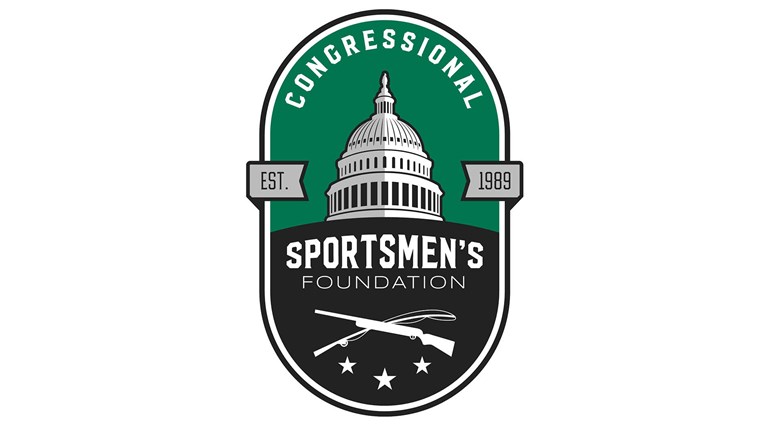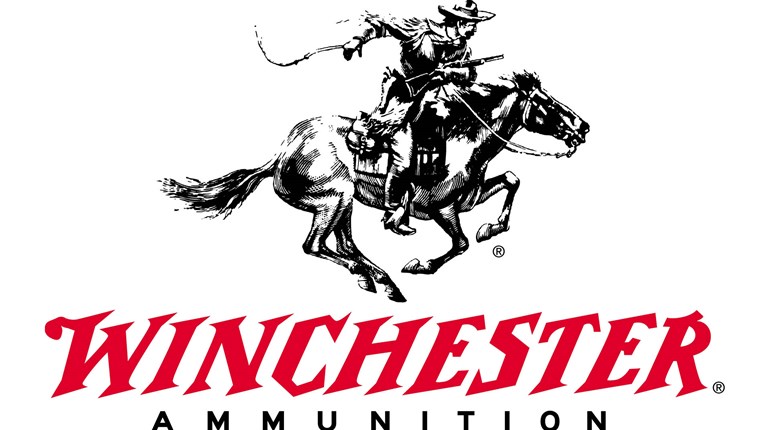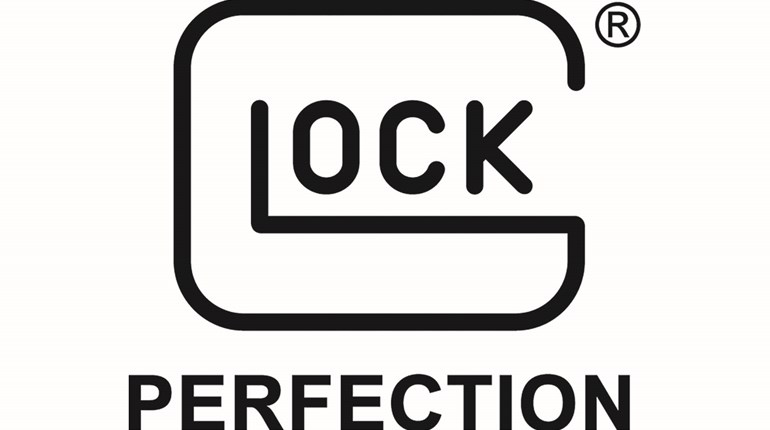
Comments made during the Vista Outdoor June 6 quarterly investor conference call indicate the shortage on certain cartridges and loads may continue to be significant for some time. Chris Metz, CEO of Vista Outdoor—the company that owns Federal, CCI and Remington Ammunition, among others—told those on the line that, “We’ve seen continued and steady demand for ammunition, even as firearm indicators have slowed.”
That fiscal year ended on March 31 and the next public update from the company will come later this month, although enthusiasts should expect only modest improvement. “As we said before, traditional firearms-related indicators are not necessarily correlated with ammo, which is a consumable,” Metz continued. “For example, we are seeing more sustained participation from legacy users as well as the 14 million new first-time firearms owners in the current surge in ammo demand.”
When asked about cartridges highest in demand, Jason Vanderbrink—president of Federal, CCI, Speer and Remington ammo—said, “As far as calibers, it hasn’t changed over the last two quarters. The calibers are still… small rifle, as Chris has mentioned in his opening remarks, and 9 mm.”
Vanderbrink added the company has noted a change in purchasing habits that may help supply, in the long run. “We do a lot of research to understand the new users, and we have marketing campaigns in place just to focus on those new users,” he added, “because they're such a more diverse user than we had seen historically. So, consumption, they use ammo, they don't hoard ammo, so we love the new demographic, the purchasing that they do.”
Another contributor to the shortage is the ongoing war in the Ukraine, which has placed even more strain on the global demand for ammunition. For years, Russia was the largest exporter of ammunition to the consumer market. With the sanctions against that have been put in-place due to that conflict, significant amounts of ammunition from Russia are unlikely to reappear on our shores anytime soon.
The chronic ammunition supply began in 2020 and manufacturers quickly ramped up the meet demand. By 2021 most were optimistic that shelves would refill, although that goal has proven to be a challenging one with the number of new enthusiasts and political climate.




































